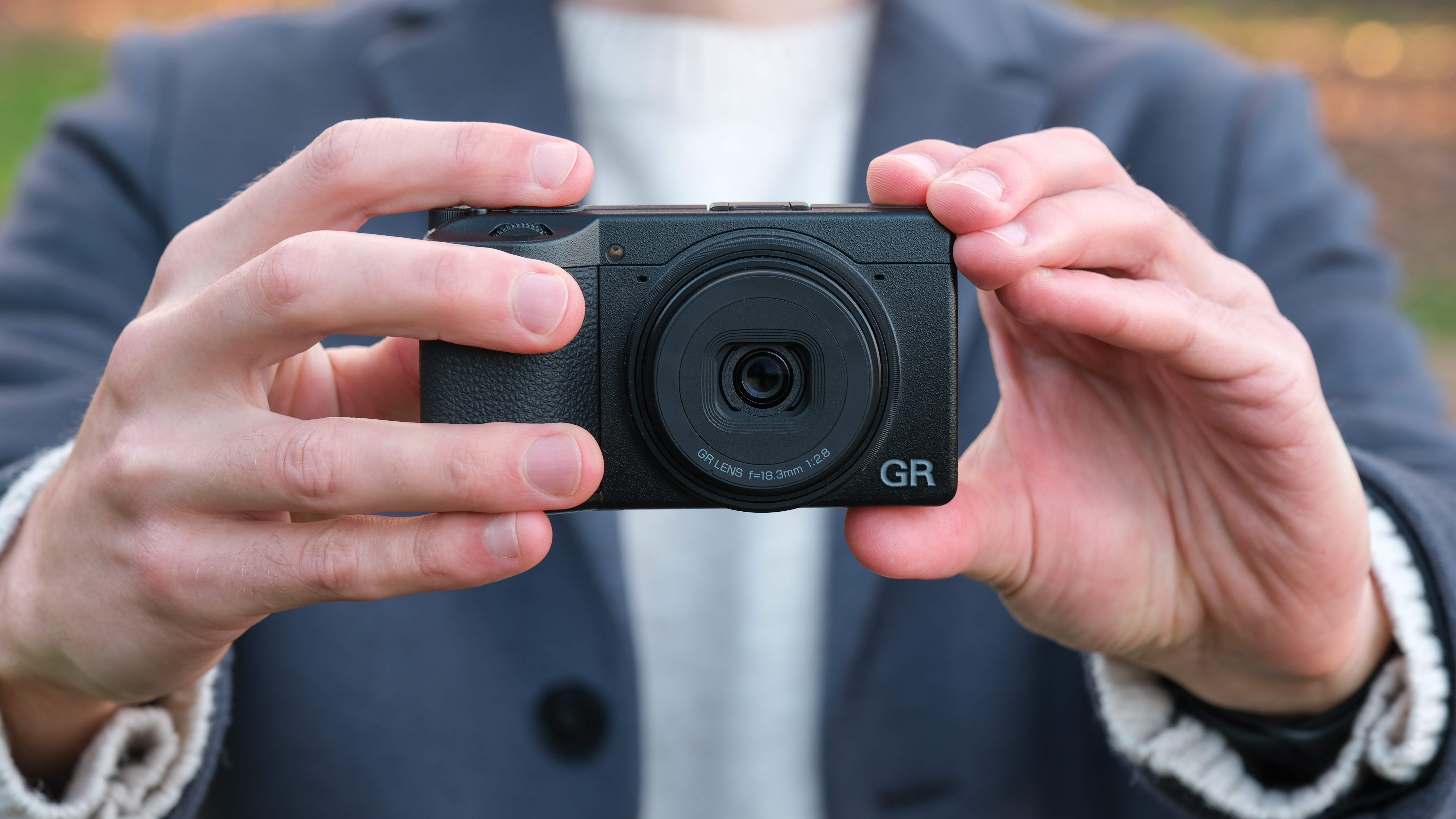Digital Camera World Verdict
Huawei has done it again with the Mate 20 Pro - this is one of the best camera phones on the market, easily matching the Huawei P20 Pro for lenses and quality. Yes, we miss the monochrome lens but the pictures you can take are utterly impressive.
Pros
- +
Superb lens setup
- +
Fantastic portrait mode
- +
Ultra-wide lens really works
Cons
- -
HDR is vibrant but we wanted more
- -
No monochrome lens
Why you can trust Digital Camera World
The Huawei Mate 20 Pro has a lot to prove. It’s coming out at a time when camera phones are in their prime and it’s part of the same family as perhaps the best camera phone of them all, the Huawei P20 Pro.
We are no longer in a time when it’s just Apple boasting about its camera technology but pretty much ever phone on the market. And the ante has been upped on lenses too.
Whether it’s just one lens, like the Google Pixel 3, that uses software flourishes to enhance the images shot, or three like what’s on the Mate 20 Pro - lens quality has increased and phone can now be taken seriously as cameras.
Huawei Mate 20 Pro camera: Lens setup
The Huawei Mate 20 Pro has a triple-lens system like the P20 Pro but there is a big difference here. The Mate 20 Pro lacks the 20MP monochrome sensor that was found on the P20 Pro - a lens that proved popular for those who owned the device and for some was the gateway into black-and-white photography.
Huawei insists that this lens can be replicated with its monochrome but, as you can see in our tests, lenses will always win against algorithms. This isn’t to say that the new lens setup is inferior.
Huawei has been working hard with Leica to make sure what it offers is as good as can be (on a phone) and the monochrome lens has been replaced with an ultra wide-angle lens,

The new lenses are situated near the top of the back of the device and are presented in a square array. The top left-hand side of this square is the LED flash.
The best camera deals, reviews, product advice, and unmissable photography news, direct to your inbox!
The lenses are as follows: a 40-MP main (f/1.8), an 8-MP telephoto (f/2.4) and the newest of the bunch, a 20-MP ultra-wide (f/2.2) lens. The front-facing camera is a 24-MP (f/2.0) lens - the same as the P20 Pro.
Huawei Mate 20 Pro camera: features
If you just want to pick up the phone and shoot something, then Huawei’s automatic controls are actually really decent.
The Mate 20 Pro uses something called AI camera assistant to guide you to the best shots possible. This is found in the Photo section of the camera app. It’s worth noting that you can get to the camera quickly from the lock screen by sliding the camera icon up.
Master AI technology isn’t actually turned on by default, which is a little strange given how much Huawei seem to be pushing this tech. You have to go into the settings to turn it on but we think it’s definitely worth it.
This is where Huawei has really pushed its ‘artificial intelligence’. Where the P20 Pro managed to recognise about 150 scenes, this has been upped to an impressive 1,500. Now, many of them are incremental. So where you may have gotten ‘autumn’ as a preset on the P20 Pro, this will be drilled further down to something like ‘autumn leaves’.

Moving away from Photo mode, there are a number of other settings within easy reach as soon as you open the camera app.
Of note are: Pro, Aperture, Night, Portrait, Video, and More. In the More area, there are some shooting options that are on the gimmicky scale.
These include underwater shooting (the phone has an IP68 rating), filters - think Instagram and reduce the quality a little - and something called light painting which does exactly what it states on the tin. It’s here that you also have the Monochrome and HDR features.

Other feature that you need to know about is predictive focus. Toggle this and the camera takes shot before and after you press the (virtual) shutter button.
There’s also assistive grid, GPS, watermarking and it is here that you can change the resolution of your images.

10MP (4:3, 3648x2736) is the default for taking shots but you can up this to 40MP (7296x5472).
You can also choose 7MP, which (with a ratio of 1:1) or 6MP with a ratio of 18:8.9. There is also the ability to shoot in Raw mode, something the P20 Pro also allowed.

If you do this though, you lose the ability to do any zooming with the camera. And zooming is something the Mate 20 Pro prides itself on.
There is 3x optical zoom on the Mate 20 Pro, which goes to 5x when enhanced digitally. The new ultra-wide angle lens means that you can also shoot in 0.6x zoom. The name for this is a little weird as, yes, you can shoot macro with the zoom as close as 2.5cm but this is also the zoom you use to get an ultra-wide landscape or portrait.
When it comes to manual controls, there is a lot you can do in Pro mode. You can change the ISO from 50-6400, muck around with exposure values and shutter speed and if you head to the Aperture section of the app then this can be moved up and down in increments.
But none of this actually matters, if the performance isn’t there.
Huawei Mate 20 Pro camera: performance
To say we were impressed with the Mate 20 Pro's camera capabilities is an understatement. Huawei has made sure that its relationship with Leica is a strong one, that has lead to some of the best lenses ever seen on a smartphone.
We found that when shooting in good light, detail was rich and sharp. When there wasn't as much light available the phone struggled a little but we were impressed with some of the shots we got from Night mode which (obviously) pushed the ISO right up.
We made the most of the automatic settings on board and, for the most part, the camera chose wisely depending on the scene. Portrait mode actually produced the best image of the lot (see above).
The images we managed to get from this mode had a real richness to them and the bokeh effect certainly didn't look as fake as what was available on the P20 Pro - it felt a little more subtle and that is nothing but a good thing.

Huawei Mate Pro: ultra-wide zoom
Using the ultra-wide 0.6x zoom, the Huawei Mate 20 Pro managed to take images that felt vibrant and all encompassing.
f2.2 / 16mm focal length

Huawei Mate Pro: no zoom
Without the ultra-wide lens the image does lose some of its impact.
f1.8 / 27mm focal length

Huawei Mate 20 Pro: 3x zoom
Although some detail is lost, we were impressed by both the 3x zoom functionality.
f2.4 / 81mm focal length

Huawei Mate 20 Pro: 5x zoom
There's noticeable jagged edges with the 5x zoom but the color palette is fresher than we expected when using the digital zoom.
f2.4 / Focal length: 135mm
Zooming is a big feature with the Huawei Mate 20 Pro and, for the most part, the quality on show is impressive.
When shooting at 10MP, 3x zoom makes use of the optics. Push this to 5x and there's some digital manipulation with the zooming. While this should mean that picture does become a lot more pixelated there really wasn't the jagginess that we would have expected from this zoom.
Having OIS built into the lens definitely helps with making sure the image is steady enough to digitize in the first place.
Interestingly, when it comes to the choice of lenses, you can go between a 16mm, 27mm and 80mm-equivalent focal lengths. We found ourselves using 27mm for the most part and this one has the largest sensor on board, a 1/1.7 inches.
While the option to shoot in 40MP is on board, we actually preferred shooting in 10MP. It's here that you can use the camera's AU functionality and where you can actually zoom. Click on the 40MP resolution and all you can do really is point and shoot (albeit in richer detail).
It's worth noting that the 80mm-equivalent telephoto camera in the Mate 20 Pro has a fairly small 1/4-inch sensor but we didn't really see this being an issue in our tests. In fact we were continually impressed with the images we managed to take on the Mate 20 Pro.
Taking macro shots with the camera was an absolute joy. Although it took a couple of attempts for the camera to lock focus when in this more, the shots you can take are filled with close-up detail that you can only get when you are 2.5cm away the subject.
There's still some work needed to make sure that the macro effect is seamless but it makes great use of the ultra-wide lens and makes you almost forget about the missing monochrome lens. Almost.

Huawei Mate 20 Pro: monochrome
The monochrome lens has been lost and it's a shame - we just don't think the software-based option has as much impact.
ISO 50 / f1.8 / 27mm focal length

Huawei Mate 20 Pro: rich color
Without any tweaking the color of the grass is rich but add HDR to it and things really start to pop...
ISO 50 / f1.8 / 27mm focal length

Huawei Mate 20 Pro: HDR
The HDR functionality on the Huawei Mate 20 Pro is hidden in its menus but turn it on and it really does enhance an image. Although we have seen better on a smartphone.
ISO 50 / f1.8 / 27mm focal length
Huawei Mate 20 Pro camera: verdict
The Huawei Mate 20 Pro is a brilliant phone and an even better camera. It takes the sort of images you wouldn't have dreamed to have been able to take just a year or so ago on a phone and has a lovely balance between actual optics and processing power.
While Huawei is pushing AI as much as possible when it comes to its camera technology, it really should be the lenses it is shouting about here as they really do deserve recognition for how good they are.
Let's hope that Huawei's partnership with Leica continues as while this may not be a phone to ditch your DSLR for, the camera tech on show here is compelling enough to maybe leave the big camera at home once in a while.
- Best Camera Phone: this is what the Huawei Mate 20 Pro is up against.
A technology journalist who has been in the industry for 17 years, Marc is the former editor-in-chief of TechRadar and has also steered the ship for technology brands including T3, Tom's Hardware and Tom's Guide, and is currently the director of Shortlist Media and co-owner of Shortlist.com.
An expert in the field of camera phones and mobile tech, Marc has been a long-time specialist when it comes to phone reviews, hands-on coverage, reviews and rumors. As a frequent visitor to big trade shows like CES, he has also had boots on the ground for the latest camera announcements and breaking developments in fields such as 8K video.







